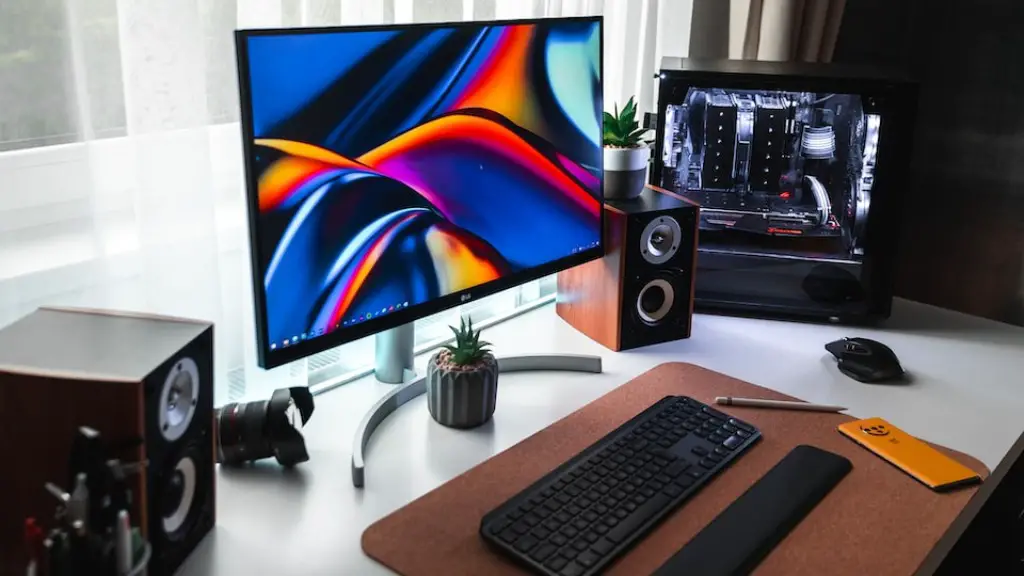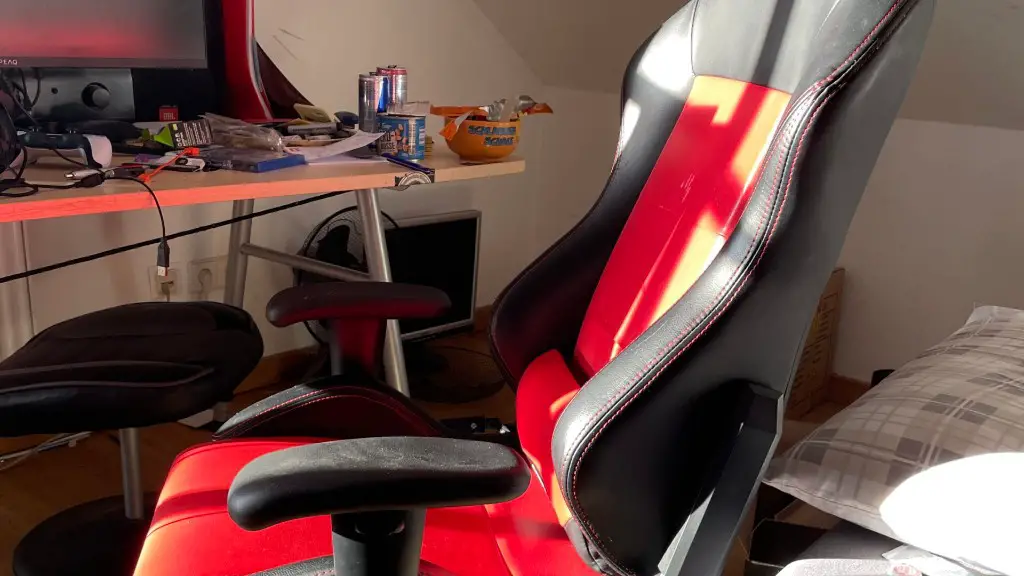Connecting your gaming PC to your TV can benefit your gaming experience in multiple ways. Firstly, you can have a larger visual experience with a much bigger display compared to the one on your computer. Secondly, a wired connection through HDMI ports can offer longer bandwidth and minimum latency which can improve your performance while gaming. Thirdly, with the right audio setup and connection, you can have better surround sound experience. Lastly, your TV and gaming PC provide the perfect environment for some local multiplayer if you are playing with others.
Advantages of Connecting Through HDMI
Connecting your PC and TV through HDMI can offer many advantages over other methods of connection. Firstly, you can connect audio and video simultaneously. Secondly, with HDMI, you can send higher levels of definition from your PC to the TV ensuring better quality visuals. Thirdly, there can be no interference from other devices as all signals are carried through a secure channel. Fourthly, HDMI ports are designed with backward compatibility, meaning you can use them with all the previous versions of HDMI cables. Lastly, the cables used for HDMI ports are relatively affordable compared to other connecting cables.
Requirements for Connecting Through HDMI
Before you can connect your gaming PC to your TV through HDMI, you need to have a few requirements in place. Firstly, your TV and PC should have an HDMI port and the cables that are compatible with that port. Secondly, a VGA port or adapter will also be necessary if your TV only has VGA ports. Thirdly, check your TV’s manual if your device supports 4K resolution or not, because HDMI cables come in different variations for up to 4K UHD resolutions. Lastly, follow the instructions from your PC and TV’s manufacturer’s manual to connect the two devices.
Connection Setup Process
After you have prepared the necessary requirements, you can start to set-up the connection between your PC and TV. Firstly, insert the HDMI cable into the suitable ports on your PC and the TV. Secondly, if your TV supports 4K UHD resolution, make sure to enable settings from the PC and TV separately. Thirdly, if your PC has a dedicated graphics card then choose ‘Extension Displays’ mode in the Windows settings. Fourthly, if you are using a VGA adapter then make sure it’s compatible with your dedicated graphics card and that the adapter is properly plugged into the HDMI cable. Lastly, configure the sound settings on both devices to suit your desired listening experience.
Testing the Connection
After you have set-up the connection, you should test the connection to make sure it’s working properly. Firstly, check the display settings on both your PC and TV to make sure that the display ratios are matched. Secondly, test the audio settings to make sure the sound comes out of the correct speakers. Thirdly, you can choose a movie or video game and play it at maximum resolution to make sure the visuals from PC to TV are up to standards. Fourthly, upgrade the graphics card or replace the HDMI cable if there are any issues with resolutions or repeated lagging. Lastly, if you want to switch between displays, you can configure on both devices.
Troubleshooting
If there are any issues with connecting your PC and TV, there are certain troubleshooting steps that you can take. Firstly, check if you have the necessary input ports, cables, and adapters. Secondly, check if you have set up the connection properly. Thirdly, check if all the settings are configured correctly. Fourthly, if you are facing resolution and lagging issues then check your graphics card and replace or upgrade it, or replace the HDMI cable. Lastly, if audio from your PC is not coming through then check sound settings and try other cables if necessary.
Frequent Maintenance
If you want to ensure a smooth and uninterrupted gaming experience, you should perform frequent maintenance checks. Firstly, check all the wires, ports, and adapters for any signs of wear and tear. Secondly, check if the video and audio settings are still the same, if not reconfigure them to your liking. Thirdly, download the latest driver updates for your graphics card to make sure they are up to date and offering the best performance. Fourthly, periodically clean the ports and adapters to prevent dust build-up. Lastly, if you are using an adapter then check if it is properly plugged in.

